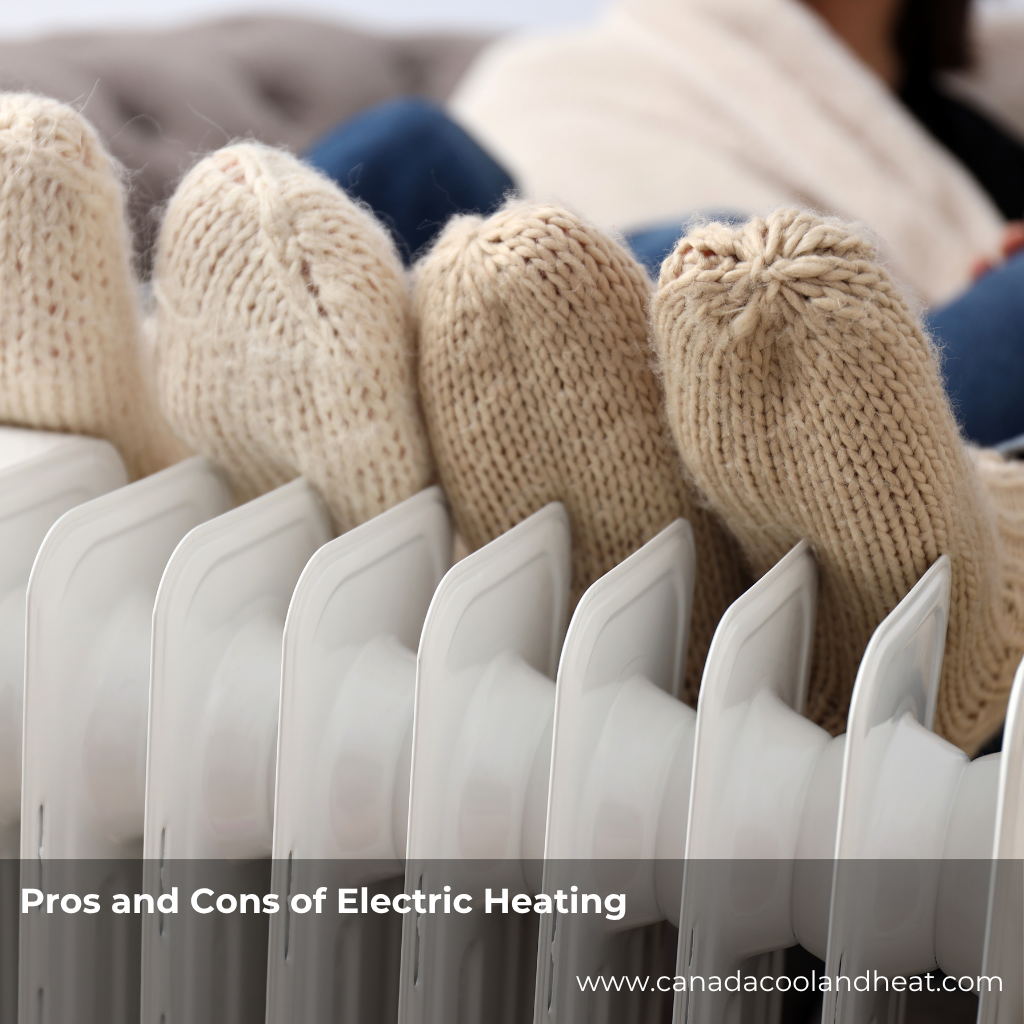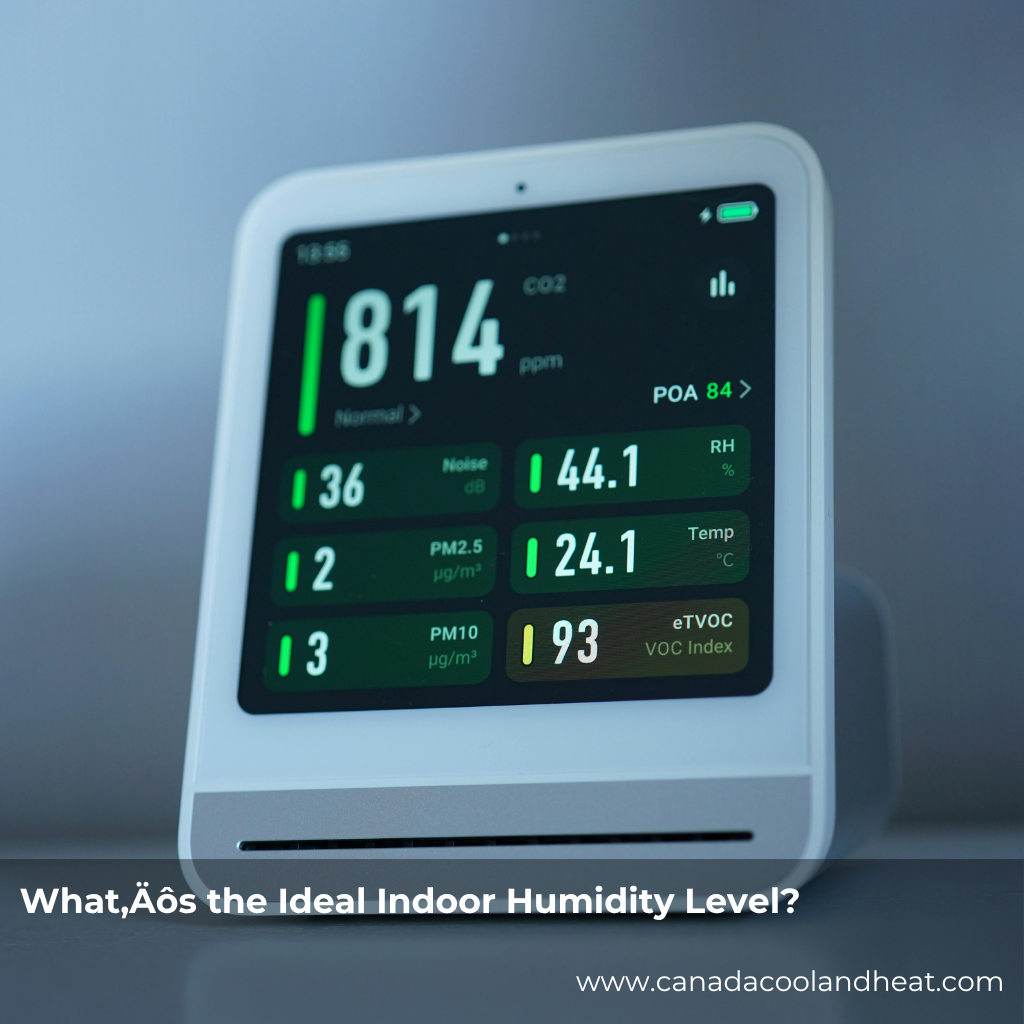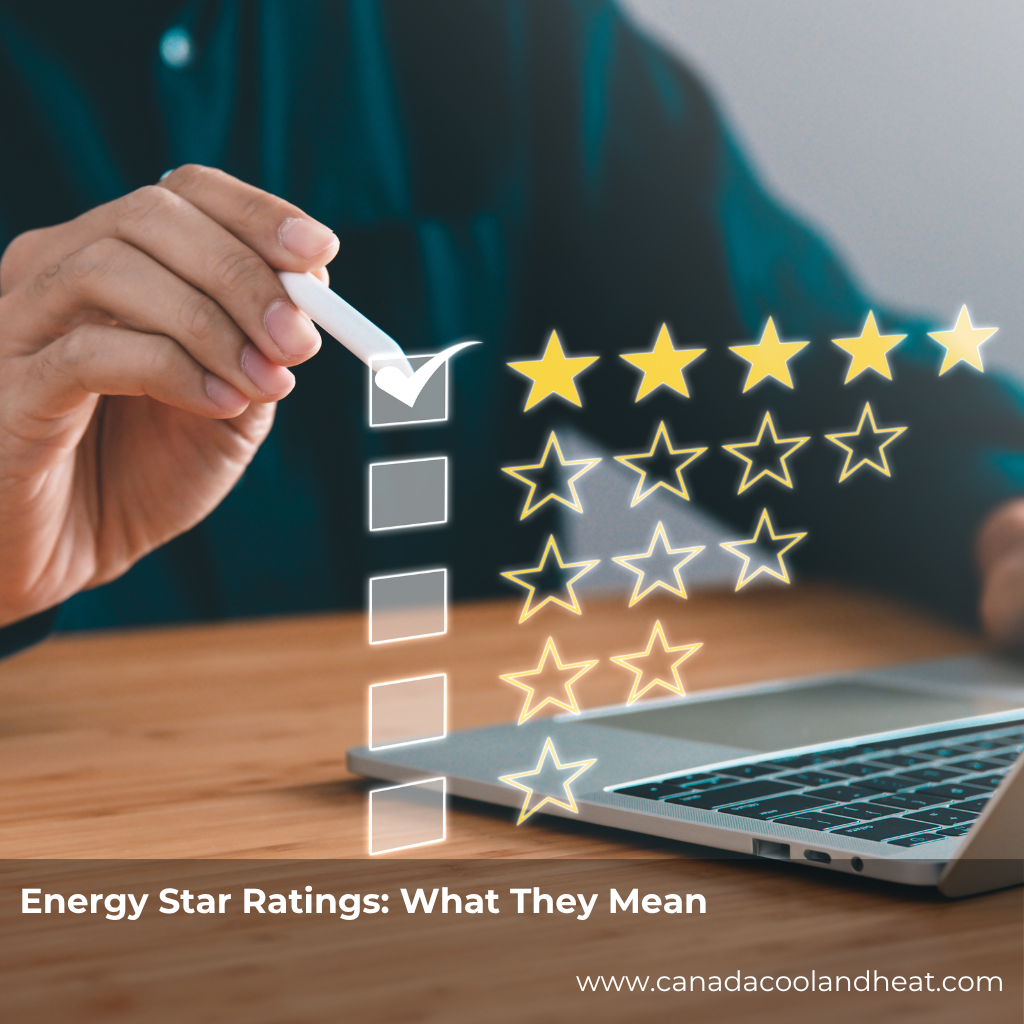Pros of Dual-Fuel HVAC Systems
- Energy Efficiency – The heat pump operates efficiently in mild temperatures, reducing overall energy consumption.
- Cost Savings – Lower utility bills due to the system using the most economical energy source at any given time.
- Comfort & Performance – Provides consistent heating and cooling, adjusting automatically for optimal comfort.
- Eco-Friendly – Uses electricity for heating in moderate weather, reducing reliance on fossil fuels.
- Versatility – Ideal for regions with varying climates, where winters are cold enough to require a furnace but not always extreme.
- Extended Equipment Lifespan – The system balances usage between the heat pump and furnace, reducing wear and tear on both components.
Cons of Dual-Fuel HVAC Systems
- Higher Upfront Cost – More expensive to install than a standard furnace or heat pump system.
- Complex Installation – Requires professional expertise to integrate both systems properly.
- Maintenance Needs – Both the heat pump and furnace require regular servicing, increasing maintenance costs.
- Limited Cold-Weather Efficiency – The heat pump is ineffective in extremely cold temperatures, requiring the furnace to take over.
- Space Requirements – Needs sufficient space to accommodate both units.
Is a Dual-Fuel HVAC System Right for You?
If you live in an area with mild winters but occasional cold snaps, a dual-fuel system can offer energy efficiency and cost savings. However, if your region experiences prolonged freezing temperatures, a high-efficiency gas furnace alone might be a better choice.








